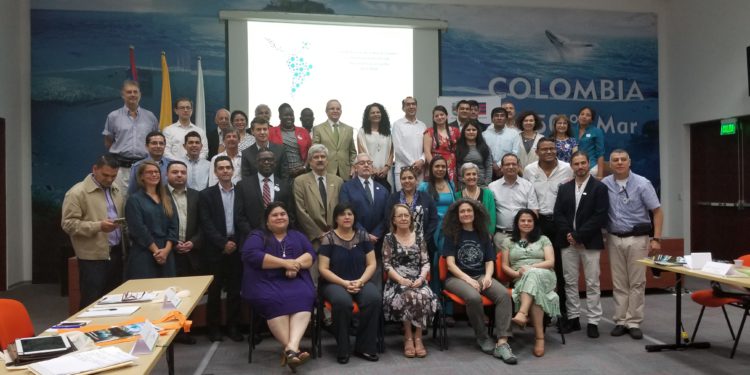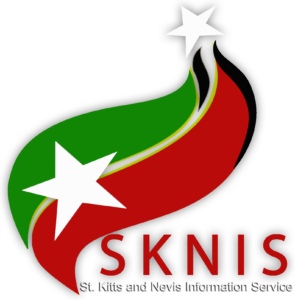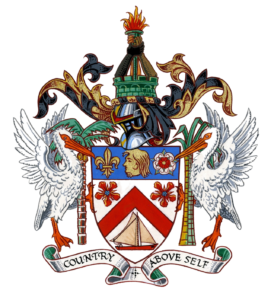Secretary General of the St.Kitts and Nevis National Commission for UNESCO attended the 18th meeting of the IREROMAB, (Latin America and the Caribbean UNESCO Man and the Biosphere Programme) held in Columbia-Santa Marta (Magdalena Department, Colombia) from 7th May to 9th May, 2018.
This meeting was organized by the UNESCO’s Regional Bureau for Science in Latin America and the Caribbean, and the Government of Columbia. In attendance were the network of Committees and Biosphere Reserves of Latin America and the Caribbean and representatives of 24 member States, as well as UNESCO representatives from Paris, Montevideo and San Jose UNESCO offices.
The inauguration and opening of the meeting included presentations from the Vice Minister of the Environment of Colombia, the president of IBEROMAB, the Governor of Magdalena, representatives of INVEMAR (the institute which hosted the event) and the Director of UNESCO Montevideo Office.
The director of the UNESCO Science Office in Montevideo, Ms Lidia Brito, emphasized in her opening speech the importance of the Man and the Biosphere programme in the region as well as in its129 Biosphere Reserves. She emphasized that BRs function as sites of experimentation, and tools for mitigation for climate change, where countries and key actors can learn how to achieve sustainable development in line with the Agenda 2030.
The main focus of the discussion during the meeting was centered on the approval of the IBEROMAB Plan of Action for 2018-2025, as well as the activities that were implemented in the last two years since the 4th World Congress of Biosphere Reserves that was held in Lima, Peru in March of 2016.
Among the various topics, and new initiatives debated and developed among the participants of the network, during the session, spoke to the governance, and role of IHP committees, youth participation and public-private alliances in Biosphere Reserves. Another significant theme that was elaborated upon was the challenges faced by the Biosphere Reserves in terms of urban development and advocacy. Other themes such as education for sustainable development and training in BRs (notably in the Caribbean) and the participation to the 25th Meeting of the International Coordination Council will be held later this year was discussed.
St.Kitts and Nevis has the only Biosphere Reserve in the English speaking Caribbean (The St. Mary’s Biosphere Reserve) The Reserve is an important site in terms of biological diversity, comprising cloud forests, mangroves and coral reefs. The sandy beach forms the primary nesting habitat of the leatherback sea turtle (Dermochelys coriacea). Conservation of this critically endangered species is a primary goal for the Biosphere Reserve.
Draft IBEROMAB Summary
1. Background
IBEROMAB is one of five regional MAB networks. It meets every two years, the previous meeting having taken place in Lima during the World Congress of Biosphere Reserves in March 2016. The present meeting took place in Santa Marta Colombia with the support of the Colombian government, the Magdalena region, the Spanish government, as well as UNESCO Paris and Montevideo. Due to the combined support of these entities, the meeting was very well represented with 25 countries, including five from the Caribbean present at the meeting. The meeting was important as the first regional meeting following the approval of the Lima Plan of Action in 2016.
2. Outcomes and results obtained
The inauguration included words from the Vice Minister of the Environment of Colombia, the president of IBEROMAB, the governor of Magdalena, a representative of INVEMAR (the institute which hosted the event) and the Director of UNESCO Montevideo
Following the presentation of the proposed Colombian biosphere reserve ‘Tribuga–Cupica–Baudo’, the first BR on Colombia’s Pacific Coast, a ceremony was held to celebrate the 10 years of existence of the ‘Jóvenes de Ambiente y Reservas de Biosfera en Colombia’ group.
The main part of the discussion centered around the approval of the IBEROMAB Plan of Action. Following a comment from the representative of St. Kitts and Nevis, language was added to the Plan of Action reflecting the importance of education for sustainable development in the region. With this addition, the text as proposed was approved by the IBEROMAB countries. Following request for English language documents from the English speaking Caribbean countries, Director Montevideo indicated that UNESCO Montevideo would commit to translating the main IBEROMAB documents including the Plan of action to English.
The MAB Statutes were reviewed and new language was agreed to so that the secretariat would elected every four years with the president and vice president, instead of having the Spanish MAB committee as permanent secretary.
Some additional key issues for the MAB programme were discussed, including:
- The importance of creating national MAB committees in each LAC country
- Following the recommendation by DIR UNESCO Montevideo, three working groups were created to increase the dynamism of the IBEROMAB network: a working group on MAB committees headed by Costa Rica, a working group on youth headed by Argentina and a working group on gender headed by Spain.
- Following a request from the representative of Jamaica, it was agreed that countries from the region wishing to participate more fully in MAB should get sufficient technical support from other countries in the network to put together new nominations for biosphere reserves as well as periodic reviews. Countries within the network such as Spain and Mexico have extensive experience both in creating BRs and in drafting periodic reports. Costa Rica also offered its assistance.
- Maria Cardenas from the MAB Secretariat presented the results of the MAB Youth Forum, and the participants agreed that youth should be a priority for the region going forward, notably taking into account the enthusiasm in countries such as Colombia and Ecuador. Ms Cardenas informed the group that a regional MAB Youth Forum would take place in Ecuador towards the end of the year.
- UNESCO Montevideo presented the results of the regional private sector forum that took place in Calilegua, Argentina in November 2017, notably the decision to create a private sector MAB LAC group to be launched at CILAC in October 2018.
- Costa Rica put forward their proposal to host the next IBEROMAB meeting in 2020.
- A final declaration for the meeting summarized these points and the approval of the IBEROMAB Plan of action.
Field visits: The group visited the INVEMAR installations, a world class oceans lab and museum associated with IOC, as well as the Tayrona national park, the core zone for the Sierra de San Marta biosphere reserve
St. Mary’s Biosphere Reserve is located in the Leeward Islands chain of the Lesser Antilles on the island of St. Kitts. The reserve is an important site in terms of biological diversity, comprising cloud forests, mangroves and coral reefs. The sandy beach forms the primary nesting habitat of the leatherback sea turtle (Dermochelys coriacea). Conservation of this critically endangered species is a primary goal for the biosphere reserve.
The area also includes the Brimstone Hill Fortress National Park World Heritage site, which is of particular historical, cultural and architectural significance. St. Mary’s is one of the first biosphere reserves of the Caribbean island countries and serves as an example of village participation in efforts to preserve the outstanding mosaic of natural and cultural landscape values.











